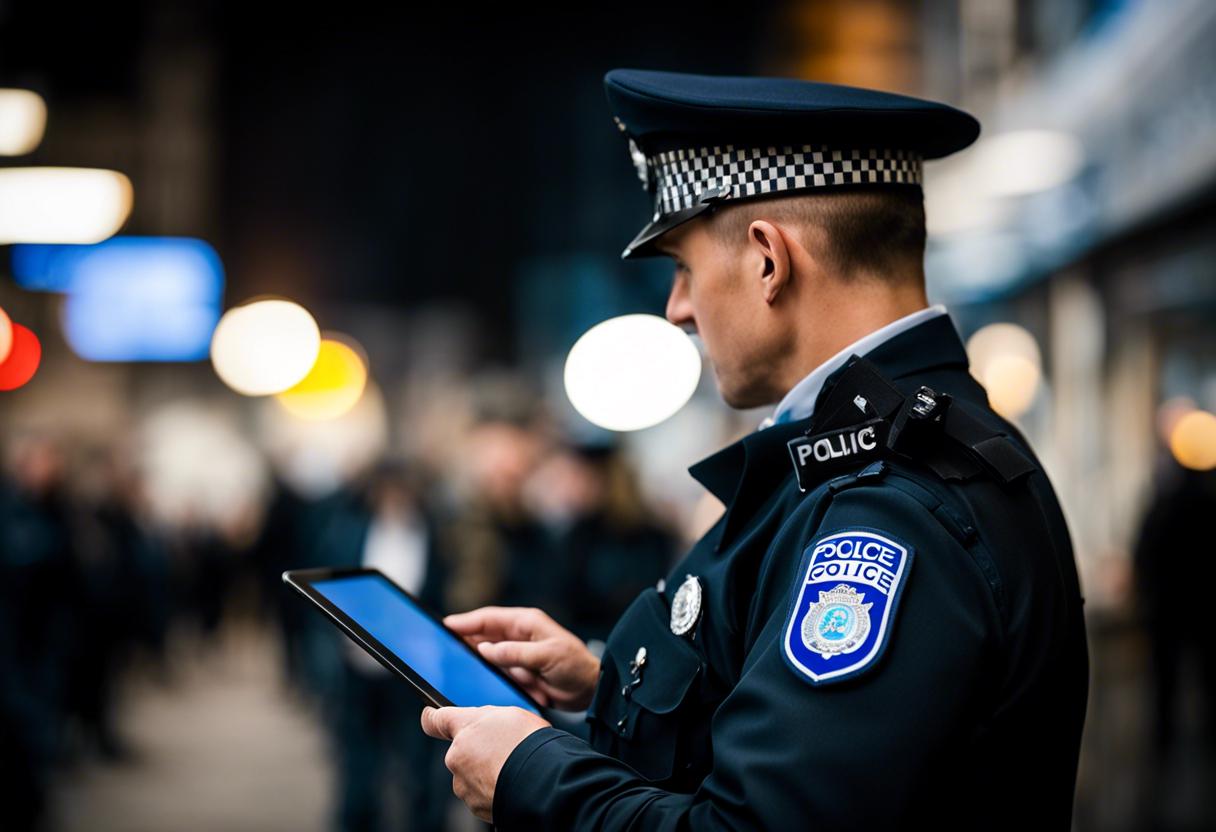The ANPR (Automatic Number Plate Recognition) technology has been an integral part of the Garda’s strategy for over ten years. Nonetheless, with the system’s growth and the sheer magnitude of road traffic violations in the Republic, it has become clear that technology alone doesn’t solve policing challenges; sufficient manpower is vital.
Government officials and Garda Commissioner Drew Harris have openly stated that the Garda force requires significant enlargement. Despite intensified recruitment exercises in the aftermath of the pandemic, the strength of the force stubbornly stands around 14,000. The Commissioner, however, believes that a 18,000-strong force — as proposed by the Association of Garda Sergeants and Inspectors — is not an implausible target. Justice Minister Helen McEntee also emphasised that the Garda ranks must hit the government’s longstanding target of 15,000 and subsequently expand.
Now, the police force has further deployed ANPR cameras totalling 130 across nationwide Roads Policing Units. Garda officers are making strategic choices, ignoring minor offences spotted by the ANPR system to concentrate on more serious or repeat offenders. But the issue is, despite the technological assistance, the Garda force remains understaffed to handle the high volume of violations detected by the cameras.
A recent development now allows every member of the force to determine a vehicle’s insurance status on site. This is achievable through a newly launched system that enables Garda officers to cross-reference roadside with the Motor Insurers’ Bureau of Ireland’s (MIBI) database, which holds information on the status of three million policies.
The ability of Garda members to utilise their mobility devices has resulted in a significant increase in the assessment of drivers’ insurance and their vehicles. This is not just limited to roads policing gardaí, but extends to a large number of the Garda force. Thus far this year, this development has led to the confiscation of 7,307 vehicles, including 1,840 automobiles in April alone. Predictions suggest that by the end of the year, potentially 15,000-18,000 vehicles could be seized. However, according to figures estimated by the MIBI two years ago, about 188,000 uninsured private vehicles are operating on the Republic’s thoroughfares.
Assuming these numbers have stayed constant, gardaí would need a decade or more to apprehend all of these drivers, even with the integration of new technology and access to the insurance database. The situation faced by the Roads Policing Unit gardaí utilising the ANPR cameras mirrors this challenge. Although the ANPR cameras aid their work considerably, the full extent of violations is only just beginning to be identified and addressed.
The role of the ANPR system, according to the Department of Justice, is primarily to assist the gardaí in detecting tax and insurance infractions, as well as identifying disqualified drivers. The recent initiative to aggressively trace uninsured drivers is of significance as those who operate vehicles without insurance are generally viewed as the highest risk road users. Therefore, reducing their numbers on the roads would have substantial benefits.

